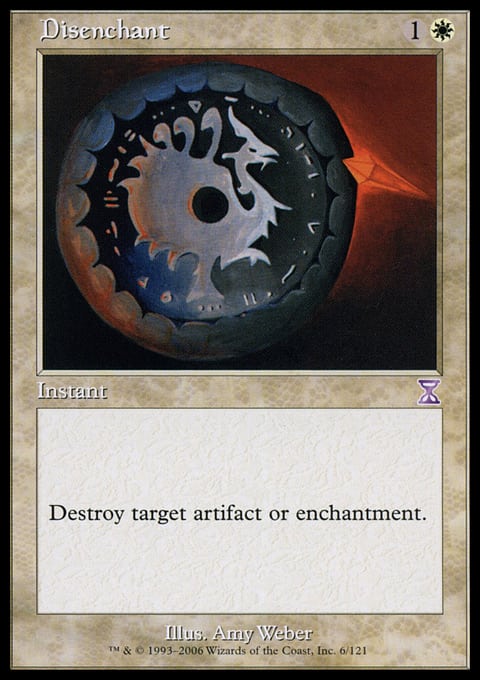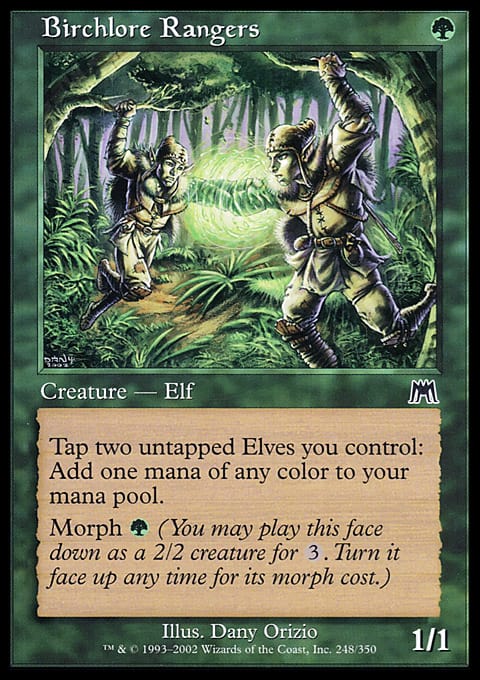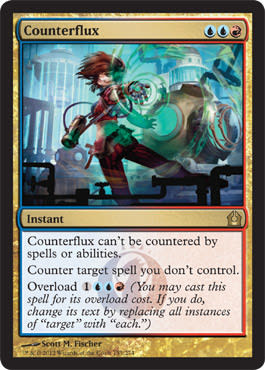On Playtesting
The form of playtesting that most people are used to goes something like this: Play ten games (alternate play and draw) followed by maybe five to ten games post-board (alternate play and draw), and record the results. Then, you can form some estimate of a game win percentage for pre- and post-board, right?
While this is a mathematically correct way to form an estimate, there’s an underlying flaw in it:

While a picture is worth a thousand words, a table might provide some clarity here:
| 10 games, given the probability of winning an individual game is 50% | |||||||||||
|---|---|---|---|---|---|---|---|---|---|---|---|
| Number of wins out of 10 | 0 | 1 | 2 | 3 | 4 | 5 | 6 | 7 | 8 | 9 | 10 |
| Probability* | 0.001 | 0.010 | 0.044 | 0.117 | 0.205 | 0.246 | 0.205 | 0.117 | 0.044 | 0.010 | 0.001 |
*Some of you might realize this doesn’t exactly sum up to 1, but that’s because I asked Excel to round to three decimal places given that I don’t think the digits past the third decimal place are that significant.
Given this table, you only get a 5–5 record about 25% of the time even though it is the most likely outcome. If you regard a 0–10 to 3–7 or 7–3 to 10–0 record as significantly different than 5–5, the likelihood of seeing a record of 0–10, 1–9, 2–8, 3–7, 7–3, 8–2, 9–1, or 10–0 is about 34%. That’s staggeringly high, and this is why people emphasize the danger of small sample sizes.
So, what’s the purpose of playtesting then?
You should look for what matters in a matchup and keep in mind alternate possibilities for cards if you notice a card is underperforming.
People also underestimate the importance of sideboarded games when, in fact, I think they are more important if you consider the following scenarios:
- Scenario A: You lose Game 1, win Game 2, and have a Game 3 to play.
- Scenario B: You win Game 1, lose Game 2, and have a Game 3 to play.
- Scenario C: You lose Game 1 and lose Game 2.
- Scenario D: You win Game 1 and win Game 2.
In two of these four scenarios, you are playing two-thirds of your games sideboarded, and in the last two scenarios, you are playing a half of your games sideboarded.
This emphasizes the importance of sideboarded games versus unsideboarded games.
To summarize:
- I would play twice as many games sideboarded as unsideboarded.
- Look for alternatives to certain cards that are underperforming.
- Try to figure out what matters in a matchup.
- Consider your seventy-five as a coherent whole as opposed to sixty with fifteen.
Some Brief Thoughts on Legacy
I really like Elves Combo right now, and here’s where I’m at after playing the StarCityGames Invitational and Legacy Open in Las Vegas:
"Elves Combo"
- Creatures (29)
- 1 Fyndhorn Elves
- 1 Llanowar Elves
- 1 Viridian Shaman
- 2 Birchlore Rangers
- 2 Craterhoof Behemoth
- 2 Heritage Druid
- 4 Deathrite Shaman
- 4 Elvish Visionary
- 4 Nettle Sentinel
- 4 Quirion Ranger
- 4 Wirewood Symbiote
- Spells (11)
- 3 Natural Order
- 4 Glimpse of Nature
- 4 Green Sun's Zenith
- Lands (20)
- 2 Forest
- 1 Savannah
- 1 Verdant Catacombs
- 2 Bayou
- 2 Dryad Arbor
- 4 Windswept Heath
- 4 Wooded Foothills
- 4 Gaea's Cradle
- Sideboard (15)
- 1 Qasali Pridemage
- 1 Scavenging Ooze
- 3 Abrupt Decay
- 1 Gaddock Teeg
- 1 Progenitus
- 3 Cabal Therapy
- 1 Natural Order
- 4 Thoughtseize
The list is relatively stock (as compared to the old Andrew Cuneo, Matt Nass, and Reid Duke lists).
The major changes are the additions of a second Birchlore Rangers and of a Viridian Shaman to the main.
Birchlore Rangers enables more turn-two kills, but drawing multiples doesn’t do very much. Since there are a lot of Delver/Stoneforge decks, having access to Viridian Shaman in the main deck is quite valuable.
Elves is a very well-positioned deck at the moment for the following reason:
- Matchups I like to face: any slow, blue midrange deck (think Esper Stoneblade, Deathblade, Bant, Shardless B/U/G), other creature decks, and most fringe decks.
- Decks I’d rather dodge if possible: CounterTop Miracles, fast combo (Reanimator, ANT, The Epic Storm, Charbelcher).
I think there’s a lot more of the former category than of the latter at the moment.
If Elves isn’t up your alley, I’ve spotted this spicy little number by Glenn Jones recently:
"Glennblade"
- Creatures (18)
- 4 Deathrite Shaman
- 4 Noble Hierarch
- 4 Stoneforge Mystic
- 4 True-Name Nemesis
- 2 Geist of Saint Traft
- Planeswalkers (2)
- 2 Jace, the Mind Sculptor
- Spells (20)
- 4 Brainstorm
- 4 Daze
- 4 Force of Will
- 4 Swords to Plowshares
- 1 Ponder
- 1 Batterskull
- 1 Sword of Fire and Ice
- 1 Umezawa's Jitte
- Lands (20)
- 1 Forest
- 1 Bayou
- 1 Underground Sea
- 2 Tropical Island
- 2 Tundra
- 4 Misty Rainforest
- 4 Wasteland
- 4 Windswept Heath
- 1 Karakas
- Sideboard (15)
- 1 Grafdigger's Cage
- 1 Sword of Feast and Famine
- 1 Notion Thief
- 1 Detention Sphere
- 2 Rest in Peace
- 2 Flusterstorm
- 2 Krosan Grip
- 1 Path to Exile
- 2 Zealous Persecution
- 2 Vendilion Clique
Spiritually, this deck is the successor of Reid Duke’s Bant Stoneforge deck and of Esper Deathblade. Having eight accelerants to ramp into your six hexproof threats is a big deal, and that gives you more protection against Liliana of the Veil. The rest of the main deck looks strong to me with the obvious Stoneforge Mystic package. The sideboard seems a bit eclectic, but overall, I think Glenn worked out the correct numbers to swap in the matchups he wants to.
Overall, I think I prefer this deck to both Deathblade and Bant because it has more must-kill creatures and has a lot of annoying threats to deal with.
On Standard
Every Pro Tour Qualifier season, I hear the same old comments about how stale Standard is and how skill-lacking it is.
Go ahead and look at the last few major Premier Events (Grand Prix and StarCityGames Opens), and look at the names. They’re basically ninety percent names you recognize, which actually informs us that Standard rewards those who play and test Magic well (perhaps even using some of the things I mentioned earlier!).
I sincerely believe most of the decks can succeed if you know how to sideboard with your deck a hundred percent—and if you know the most common lines of plays, traps, and pitfalls.
Off the top of my head, here are a few decks that I think are of equal power level or are the most powerful:
- Mono-Red-Splashing-White Devotion (a.k.a. Big Boros)
- Mono-Black Devotion (control deck)
- Mono-White-Splashing-Red-or-Black Aggro (mostly small creatures splashing Boros Charm and/or Orzhov Charm)
- Azorius, Esper, or American Control (W/U, W/U/B, or W/U with a splash for Counterflux and Warleader's Helix)
- R/G Monsters deck (championed by Chris Van Meter and Brian Braun Duin)
That’s at least six to eight different decks there. This format is relatively diverse, and there’s a lot of room for innovation.
So, practice your deck, and innovate the format. A friend of mine used to say, “Any colors can win,” and that’s especially true for this format.
Thanks for reading, and I welcome any questions, comments, and ideas for future articles here or on Twitter (@jkyu06).
Jarvis

























